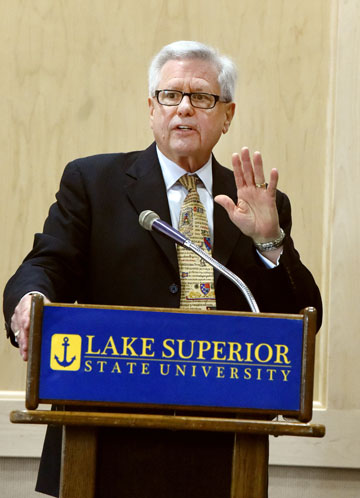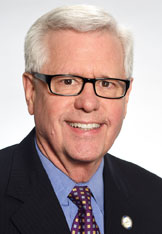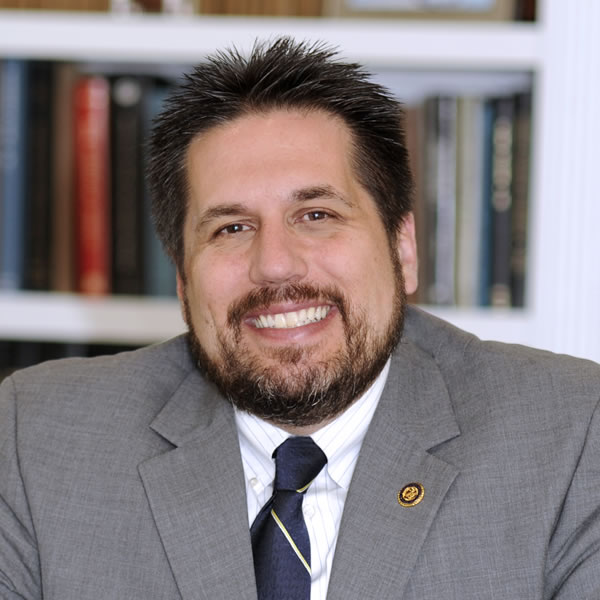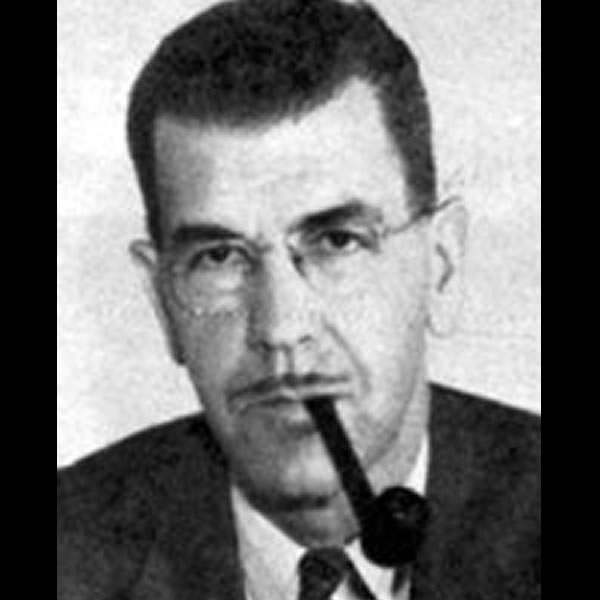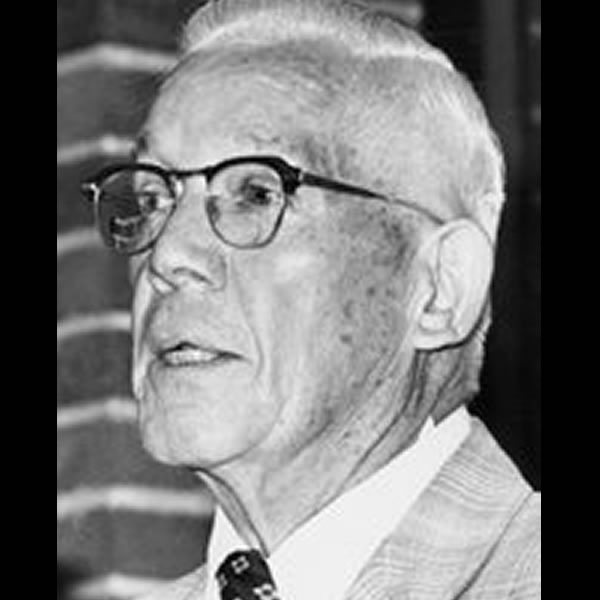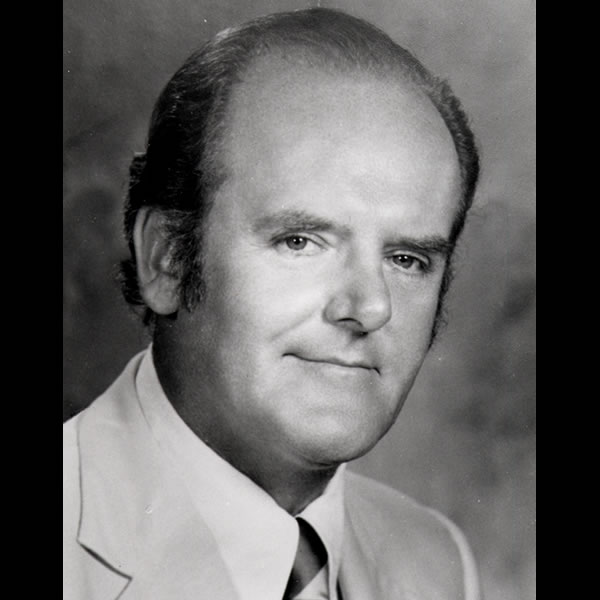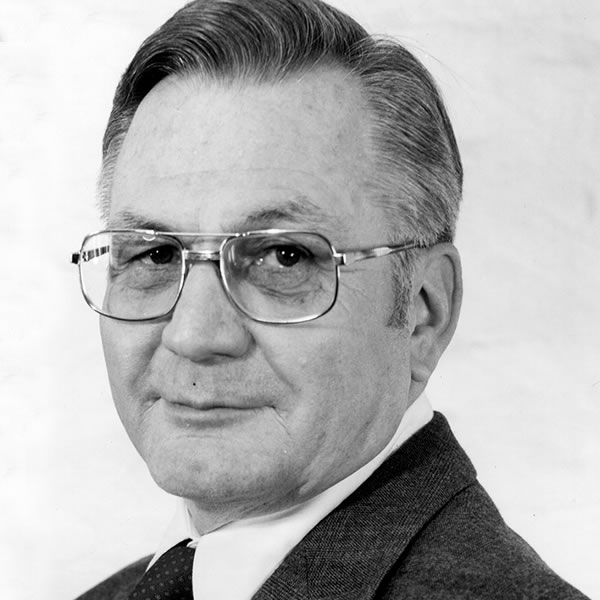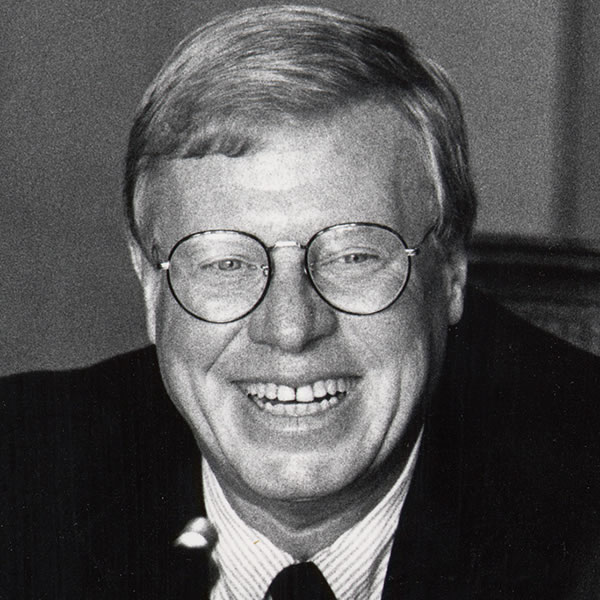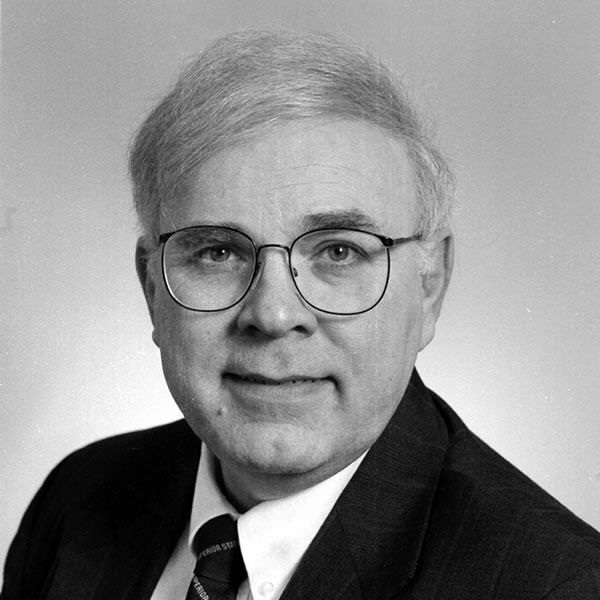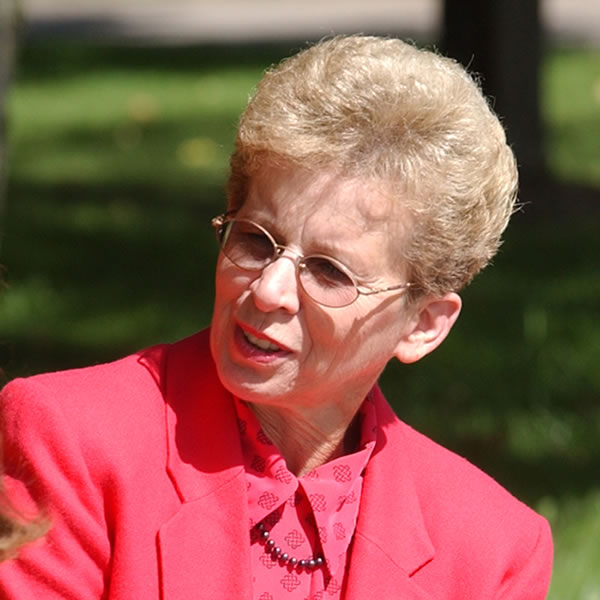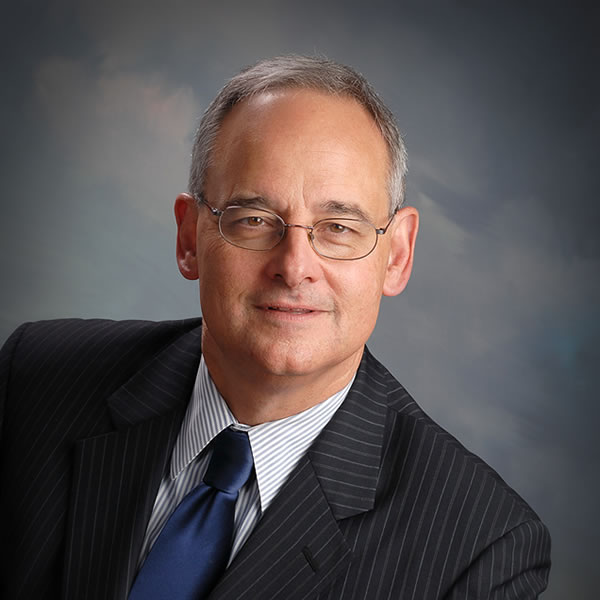The Mitchell Year, 2017-2018
[av_one_third first min_height=” vertical_alignment=” space=” custom_margin=” margin=’0px’ link=” linktarget=” link_hover=” padding=’0px’ border=” border_color=” radius=’0px’ background=’bg_color’ background_color=” background_gradient_color1=” background_gradient_color2=” background_gradient_direction=’vertical’ src=” background_position=’top left’ background_repeat=’no-repeat’ animation=” mobile_breaking=” mobile_display=” av_uid=”]
[av_two_third min_height=” vertical_alignment=” space=” custom_margin=” margin=’0px’ link=” linktarget=” link_hover=” padding=’0px’ border=” border_color=” radius=’0px’ background=’bg_color’ background_color=” background_gradient_color1=” background_gradient_color2=” background_gradient_direction=’vertical’ src=” background_position=’top left’ background_repeat=’no-repeat’ animation=” mobile_breaking=” mobile_display=” av_uid=”]
“Practice the 3Gs – generosity, gratitude, and grace. Generosity means you’re a giver not a taker, that you find fulfillment in helping others. Gratitude means you find pleasure in the little things of life and delight in friendships. Grace means you look for the best in others and strive to bring out the best in yourself.” – Peter T. Mitchell, Ed.D.
Peter T. Mitchell, Ed.D. was Lake Superior State University’s ninth president, serving July 2017 through May 2018. He is a Yooper by birth, an Ishpeming High School graduate, with a B.A. in English and Religion from Albion College, an M.A. in English Language and Literature from the University of Michigan, an Ed.S. in Information Systems Technology from Indiana University and an Ed.D. in Higher Education Leadership from Northeastern University. He lived in the Soo for 5th and 6th grade and his older brother Chuck is a 1959 graduate of Soo Tech.
Following the tragic death of President Pleger in May 2017, the LSSU Board of Trustees asked Mitchell to serve as president for one year. He had served as a college president for 24 years at Lasell College (Newton, Mass), Columbia College (Columbia, S.C.)) and Albion College.
Columbia and Albion achieved historic record enrollments during his tenure and all three colleges completed successful fundraising campaigns totaling more than $160 million. In 2007, Mitchell founded Proactive Transition Management LLC, a consulting practice specializing in strategic planning, enrollment management, fundraising, and executive searches in higher education.
Mitchell set five major goals for the 2017-18 year: increase enrollment through recruitment and retention; develop a strategic direction; design a viable financial model; hire an excellent permanent president; and secure funding for the Center of Freshwater Research and Education.
Immediately upon arrival on campus, Mitchell established enrollment growth as top priority to offset several years of declining enrollment. In collaboration with director of admissions, Kellie Greener, they designed and implemented a new marketing strategy, and engaged faculty, staff, students, alumni and community leaders in helping to recruit students. The number of first-time freshman increased by 35.9% from 2017 to 2018. This increase is probably the largest one-year gain in all of higher education for the past decade.
The position of Dean of Student Life and Retention was established and Dr. Shelley Wooley served in that role. Several innovative retention strategies were designed and implemented producing significant increases in enrollment. Fall to spring semester carryover enrollment was the highest recorded at 94.4% up 3.5% over the previous year. The one-year retention of freshmen was 72.8% up 8.8% over the previous year. Improving retention is difficult and requires a campus-wide effort. Most institutions would be thrilled with a 1-2% increase in any given year. LSSU’s success is a tribute to the dedication and creativity of everyone – faculty, staff, students.
A draft strategic direction was presented to faculty and staff in October 2017, and revised and refined after numerous meetings. The Board of Trustees approved a final version on December 15, 2017 and the plan began implementation during the second semester.
The strategy focused on returning to Lake State’s roots as an institution that prepared students for meaningful careers and lives of purpose. A new Mission Statement was approved by the Trustees:
We equip our graduates with the knowledge, practical skills and inner strength to craft a life of meaningful employment, personal fulfillment, and generosity of self, all while enhancing the quality of life of the Upper Great Lakes region.
The Board of Trustees also approved a new Vision Statement:
We capitalize on our unique location and mission as a regional state university to be a model for educational innovation and a preferred partner for U.S. and Canadian community and tribal colleges.
The Strategic Direction included a restructuring of academic departments and programs intended to address challenges facing higher education, capitalize on LSSU strengths, opportunities and dreams, create opportunities for greater collaboration and synergy, and most importantly, increase enrollment. The new structure also provided the basis for a new financial model of greater efficiency and more strategic allocation of resources.
Using his experience and expertise in executive searches, Mitchell served as consultant for the presidential search. Twenty-two listening sessions were held for faculty, staff, students, trustees, alumni, community leaders, and tribal leaders. Insights from those sessions were incorporated into the Presidential Prospectus.
More than 60 people applied, seven candidates had video interviews, and four were invited to campus for two-day meetings with all major constituencies. Dr. Rodney S. Hanley was the clear choice based on a feedback survey of all who participated in the meetings and based on the unanimous perception of the Board of Trustees.
Fundraising for the Center for Freshwater Research and Education (CFRE) was the final goal of Mitchell’s LSSU tenure.
The university had to raise $2.95 million to secure a State of Michigan Capital outlay of $8.8 million. By July 1, 2017, $950,000 had been secured. Issues related to the location of CFRE were resolved when President Mitchell and Trustee Chair Rod Nelson met with Governor Snyder’s chief of staff, Dick Posthumus, and Budget Director Al Pscholka. LSSU was permitted to change from renovation of the West Annex of the Cloverland Power Plant to new construction just east of the power plan in Alford Park.
A partnership among LSSU, Cloverland, the City of Sault Ste. Marie and the Michigan Department of Natural Resources was forged to complete the project. Visioning sessions led by CFRE Director Dr. Ashley Moerke and Assistant Director Dr. Kevin Kapuscinski were held and a new facility was designed, at an increased cost $1.4 million, taking the total from $11.8 million to $13.2 million.
The new design was approved by the legislature and the appropriation bill was signed by the governor in July. The increased cost required LSSU to raise $4.35 million. By June 30, 2018 more than $3 million was raised. The Board of Trustees entered into a contract with Proactive Transition Management for Mitchell to assist LSSU through September 30, 2019 to complete the fundraising. Groundbreaking for CFRE took place on July 20, 2018 with an official opening expected by the Spring of 2020.
In addition to achieving the five major goals, the Mitchell year included securing funding of $500,000 from War Memorial Hospital for a new Simulation Center for the Nursing and other allied health programs in the Arts Center; a new three-year contract with the Educational Support Professionals, a one-year contract with the Faculty Association, successful search for a new Provost; and ensuring that the Tuition Incentive Program (TIP) that provided financial assistance to more than 250 LSSU students was not dramatically reduced.
In recognition of his accomplishments and the support of his wife Becky, the Board of Trustees conferred the status of President Emeritus at its May 11, 2018 meeting.
Mitchell considers his LSSU presidency as the most productive and rewarding year of his career.
“Becky and I thoroughly enjoyed the students, faculty and staff, and friends we made in the Soo. Lake State is such a special place. Students are bright and endearing, faculty and staff are talented and dedicated, and alumni and community members are friendly and eager to help,” said Mitchell. “The LSSU Board, and Board Chair Nelson, were the best in my twenty-five years as a president, outstanding in their grasp of the issues, support of innovation, and understanding of the trustee role of policy and strategy versus management and meddling. In reflection, Becky and I can say that every day was a great day at Lake State.”

